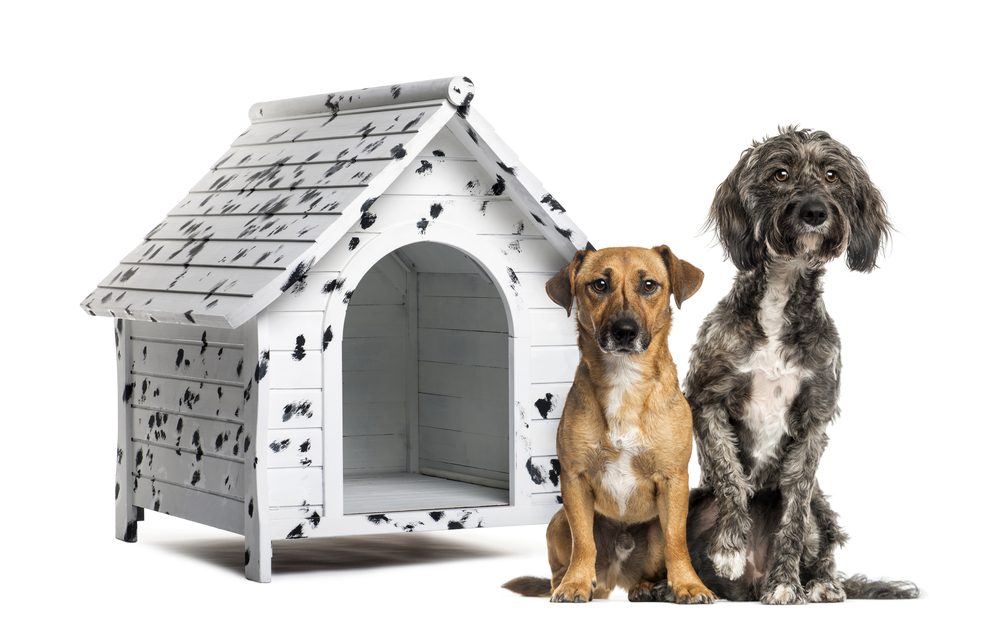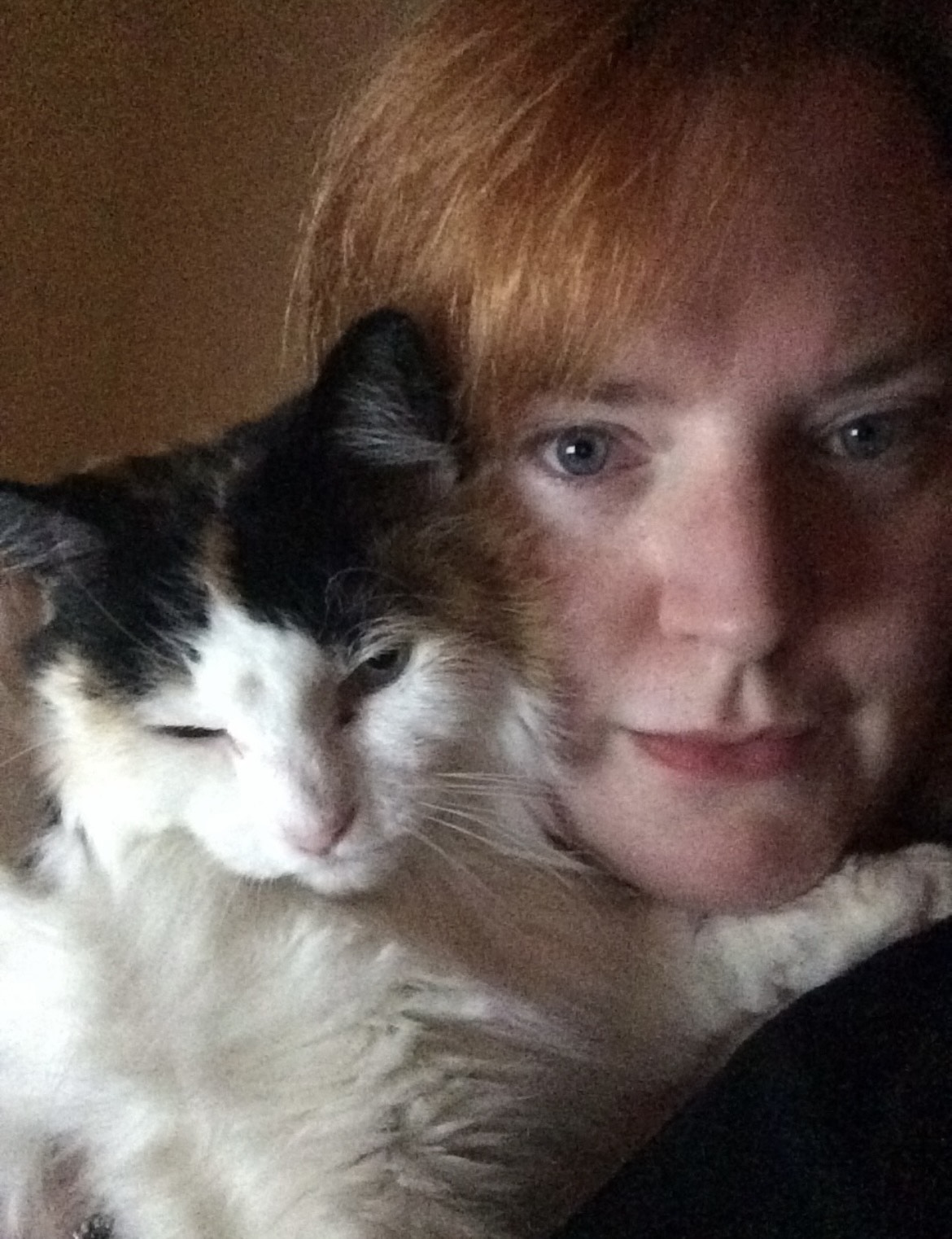Traditional dog houses serve their purpose, but they’re nothing special to look at. Fortunately, there’s no need for your dog to have a dull, run-of-the-mill dog house anymore. Today’s dog houses are designed to suit your dog’s size as well as your climate, ensuring your pooch stays perfectly comfortable all year long.
What to look for in a dog house
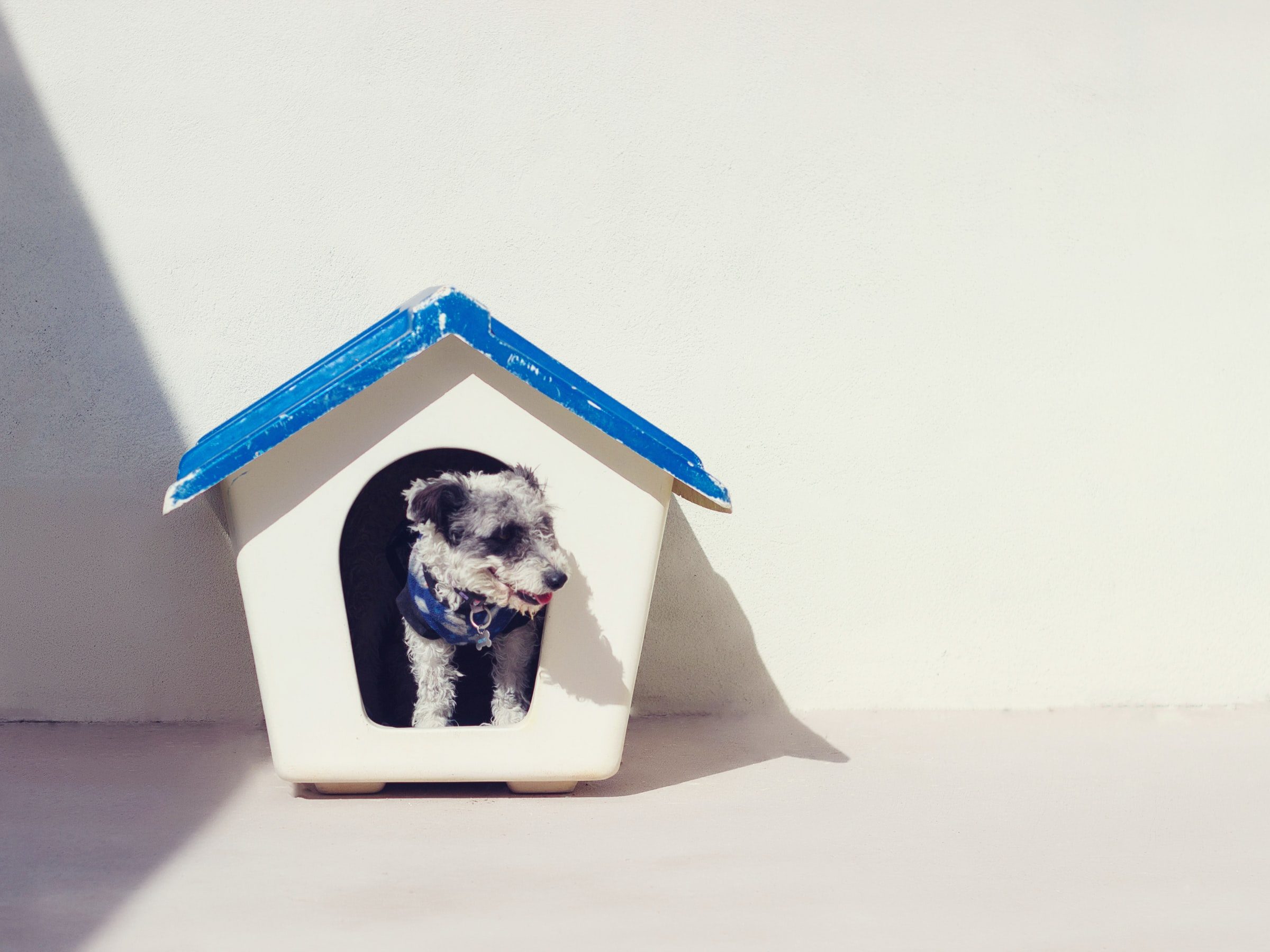
However, if you live in a colder climate where frigid winters are the norm and the summers are mild, a smaller dog house might be a better option. Smaller spaces retain more heat during the cold winter months, while providing adequate shade from the hot, summer sun may be enough to keep your dog cool when it’s hot out. As long as your dog has enough room to enter and turn around comfortably, then they have plenty of space inside.
What’s the best material for a dog house?
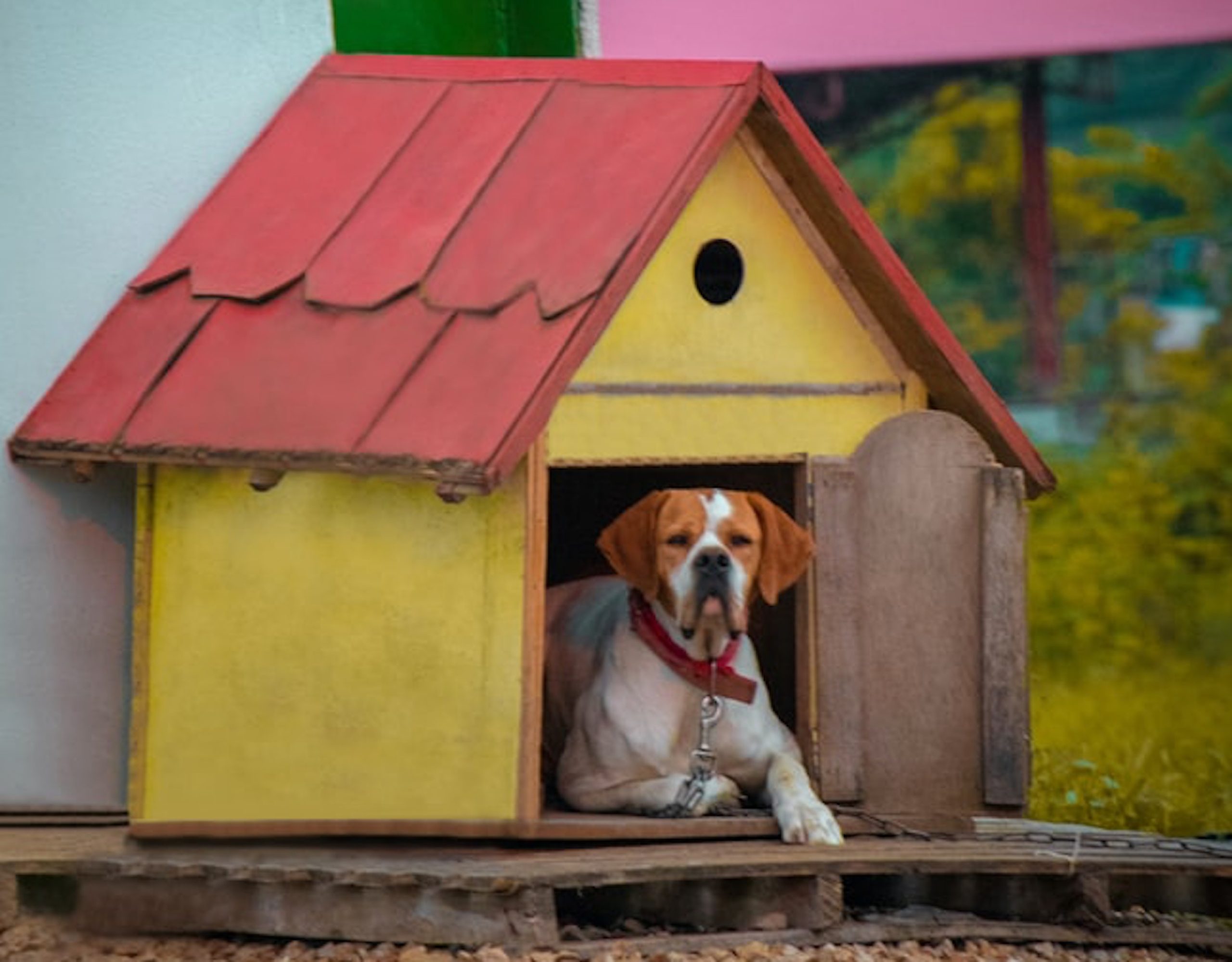
Dog houses can be made from almost any material these days. In addition to traditional wooden plank and heavy-duty plastic dog houses, some dog houses are made from engineered wood, stucco, and even recycled goods.
If your dog is prone to overheating — or you live in a hot climate — avoid heavier materials that trap in heat. A roof made from engineered wood is a better fit than a shingled roof, as it won’t retain as much heat as dense shingles. Some dog houses have doors on them, so if you want the most versatility, look for a dog house with a removable door to maximize air flow during hotter months.
Are you looking for a dog house that will hold up to rainy weather without leaking? Heavy-duty plastic might be your best bet. Plastic dog houses are lightweight, reasonably priced, and they come in a wide variety of unique designs. You can find plastic dog houses shaped like castles, miniature homes, and barns. Some dog houses even have built-in food and water bowls, so your dog won’t have to leave the comfort of their home for long to have a bite to eat.
Don’t forget to spruce up your pup’s palace
While dogs can’t appreciate family photos hanging on the walls of their home, that doesn’t mean you should leave your dog’s house empty. Putting down a layer of cedar shavings will cut down on fleas and other nasty pests, and comfortable bedding will help keep your dog cozy. During warmer months, you can help your dog stay cool by placing ice packs inside the dog house — just make sure you’re using pet-friendly materials.
Placing a high-quality dog bed in your dog’s house will keep them comfortable regardless of the weather. Thick, flannel beds are a great option during the winter months, and breathable foam is a good choice as the temperature rises. Some dog beds even have a layer of cooling gel to ensure your pup doesn’t overheat in hot weather.
Where should you put your dog house?
Chances are good you’ll want to show off a unique, stylish dog house, but you should always keep your dog’s comfort in mind while doing so. Placing your dog house in the shade during the summer will help keep your dog cool, while moving it to the sunniest location in your yard will ensure maximum warmth during the winter months.
Are dog houses good for dogs?
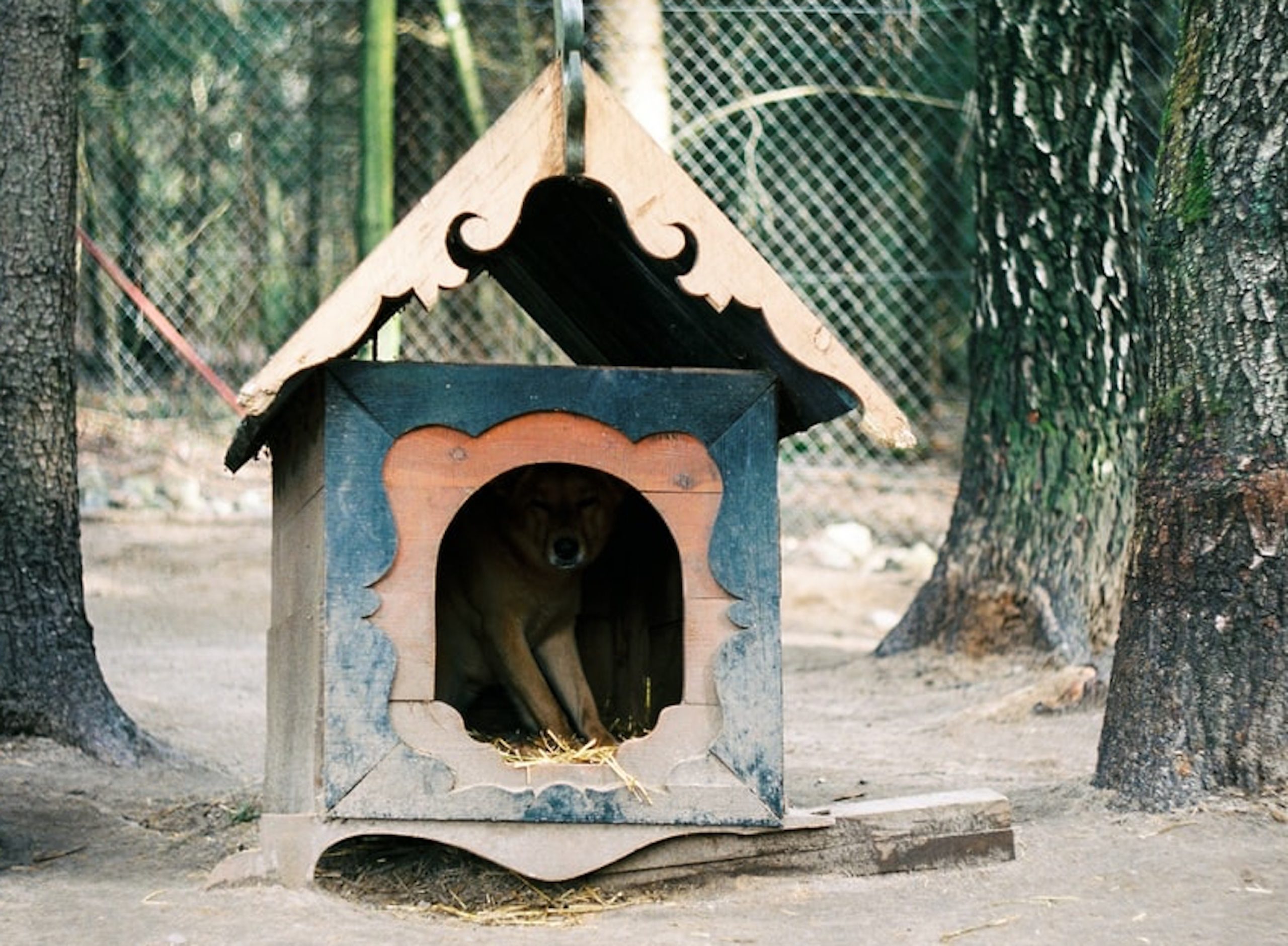
According to PetMD, a dog house is a perfect safe haven for fearful dogs. Keeping your dog out of direct sunlight during the summer is also beneficial, as dogs can easily overheat, and dogs with lighter-colored coats are at an increased risk of sunburn.
During the winter months, dog houses keep your dog warm and help to prevent hypothermia. Whatever the season, making sure your pooch has access to a comfortable dog house is important to their health and happiness.
